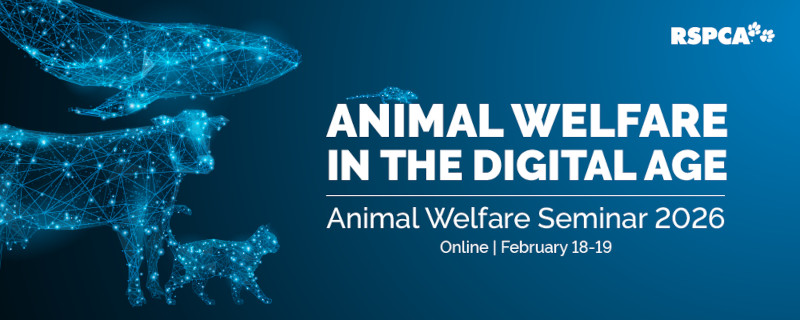In the egg industry, the sex of day-old chicks is determined at the hatchery. Sexing chicks (determining whether they are a hen or a rooster) requires considerable skill and is done at this very early stage to determine their fate.
If strong and healthy, the female chicks are transferred to a site where they are grown to a suitable size and then moved to a laying facility — which could be a cage, free-range or barn set up. Male chicks are considered an unwanted byproduct of egg production and are killed and disposed of shortly after chick sexing at just one day old.
Male chicks are killed for two reasons: they cannot lay eggs and they are not suitable for chicken-meat production. This is because layer hens — and therefore their chicks — are a different breed of poultry to chickens that are bred and raised for meat production. Layer hens are bred to produce eggs whereas meat chickens are bred to grow large breast muscle and legs.
Chick hatcheries breed one or the other type of chick depending on which poultry industry they supply — egg or meat. At the layer hen hatcheries supplying the egg industry with layer hens, the eggs are developed in industrial incubators. Once hatched, the newborn chicks pass down a production line to be sexed and sorted. Sick or weak female chicks and all male chicks are separated from the healthy female chicks and then killed.
The Model Code of Practice for the Welfare of Animals: Domestic Poultry states that all culled or surplus newly hatched chicks that are destined for disposal must be treated as humanely as those that will be retained or sold. The Code states that these chicks must be killed promptly by carbon dioxide gassing or maceration. Chicks must then be carefully inspected to ensure they are all are dead.
Maceration is done in a manner to ensure that chicks are killed within a second and, when carried out effectively and competently, this method may be considered more humane than gassing with high concentrations of carbon dioxide. This is because carbon dioxide at high concentrations is aversive to poultry and the method results in prolonged suffering prior to death.
What are the alternatives?
The RSPCA continues to urge the egg industry to invest in alternatives that remove the need for male chick culling and avoid the potential pain and suffering with current killing methods. Technologies such as hormone level analysis of egg fluid, the use of spectrophotometry or cameras, and fluorescence spectroscopy have all demonstrated sex determination of eggs is possible. Sex determination of eggs during the first few days of incubation allows for sexing prior to the embryo developing a sensory nervous system and potential pain perception. Once egg sexing has occurred, male chick eggs can be removed from incubation and used for other purposes such as processing into animal feed or utilised in laboratories. These emerging technologies are providing commercially viable alternatives to male chick culling. Continual research and innovation in this area will ensure male chick culling can be phased out without delay.
Further reading
Fioranelli M, Sepehri A, Roccia M (2019) In ovo sexing of chicken eggs by virus spectroscopy. Macedonian Journal of Medical Sciences 7(18):3106-3109.
Galli R, Preusse G, Schnabel C et al (2018) Sexing of chicken eggs by fluorescence and Raman spectroscopy through the shell membrane. PLoS ONE 13(2): e0192554.
Galli R, Preusse G, Uckermann O (2017) In ovo sexing of chicken eggs by fluorescence spectroscopy. Analytical and Bioanalytical Chemistry 409:1185-1194.
Wang Y, Guofeng J, Meihu M et al (2019) Sex differences in serum steroid hormone levels during embryonic development in hen eggs. Poultry Science 98(11):6053-6062.

